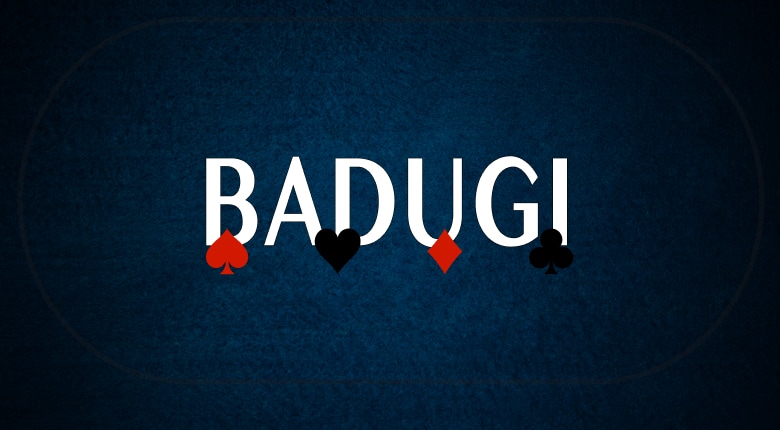
Deep Analysis of Poker Playing Styles: Aggressive vs. Tight Approach
Poker is a game of strategy where playing style significantly affects the outcome. Two of the most prevalent styles are aggressive and tight approaches. Understanding the differences between these styles is crucial for both new and seasoned players aiming to enhance their game and decision-making abilities. This article delves into the core principles, advantages, and potential pitfalls of both aggressive and tight poker styles.
Aggressive Poker Playing Style
The aggressive playing style is characterized by frequent betting and raising rather than checking or calling. This approach aims to put pressure on opponents, forcing them to make quick decisions and often leading them to fold weaker hands. Aggressive players capitalize on their perceived dominance, making their moves appear strong and confident.
Aggression in poker can manifest in various ways, including pre-flop raises, consistent continuation bets, and strategic bluffs. The main idea is to maintain control over the hand, ensuring opponents feel uncertain about their own position. This can lead to fewer players contesting the pot, increasing the chances of winning even without a strong hand.
However, this style is not without risks. Over-aggression can lead to significant losses when opponents catch on and adjust their strategies. Skilled players may exploit predictability by trapping the aggressive player with premium hands. Therefore, balancing aggression with situational awareness is vital for long-term success.
Advantages and Disadvantages of Aggressive Style
The primary advantage of aggressive play is the ability to dictate the flow of the game. By taking the initiative, players can force opponents to make mistakes under pressure. Additionally, aggressive betting can build larger pots when holding strong hands, maximizing potential payouts.
Nonetheless, this style also comes with notable disadvantages. The risk of being called out on a bluff is significant, particularly when facing more experienced opponents. Additionally, aggressive players can become predictable if they do not vary their tactics, leading to exploitation.
Therefore, while the aggressive style can be highly rewarding, it requires a deep understanding of opponents’ tendencies and precise judgment to avoid costly mistakes.
Tight Poker Playing Style
Unlike the aggressive approach, the tight playing style involves selective participation in hands. Tight players prefer to play only premium hands and are less likely to chase marginal situations. This conservative approach minimizes risks, as it avoids costly confrontations with weak hands.
Tight players often fold more frequently, choosing to participate only when they have strong hole cards. This disciplined strategy reduces variance and conserves chips for more favorable opportunities. As a result, tight players tend to last longer in tournaments, avoiding early eliminations.
Despite its conservative nature, the tight style can still be unpredictable. By occasionally mixing in aggressive bets with strong hands, tight players can exploit their established cautious image, surprising opponents with unexpected moves.
Advantages and Disadvantages of Tight Style
The primary benefit of tight play is risk management. By carefully selecting hands to play, tight players reduce the chances of losing significant amounts. This style is particularly effective in tournament settings where survival is crucial.
On the downside, overly tight play can make a player too predictable. Opponents may exploit this by folding to raises, thereby reducing potential payouts. Additionally, failing to capitalize on weaker players’ mistakes can result in missed opportunities to accumulate chips.
To avoid predictability, successful tight players occasionally implement aggressive plays, maintaining a balanced approach while minimizing risk.

Choosing Between Aggressive and Tight Styles
The choice between aggressive and tight styles largely depends on personal preferences, table dynamics, and opponents’ tendencies. While some players naturally gravitate towards aggression, others find comfort in a tighter, more calculated approach. The key lies in adaptability and knowing when to switch styles based on the situation.
In cash games, aggressive styles may yield higher returns as players aim to accumulate chips quickly. Conversely, in tournaments, tight play often proves beneficial, helping players survive the initial rounds. Observing opponents’ behavior and adjusting accordingly is essential for optimal performance.
Moreover, incorporating elements of both styles can be highly effective. A balanced approach that mixes tight play with strategic aggression keeps opponents guessing and reduces predictability.
Which Style Suits You?
Determining the best style involves self-assessment and understanding your comfort level with risk. Aggressive players thrive on confrontation and thrive in fast-paced environments. In contrast, tight players excel in endurance and patience, waiting for the right moment to strike.
Experimenting with both styles in low-stakes games can help identify strengths and weaknesses. Analyzing past hands and identifying patterns can also assist in honing a versatile strategy that suits various table conditions.
Ultimately, successful poker players are those who can seamlessly transition between styles, leveraging the most suitable approach for each unique game scenario.




